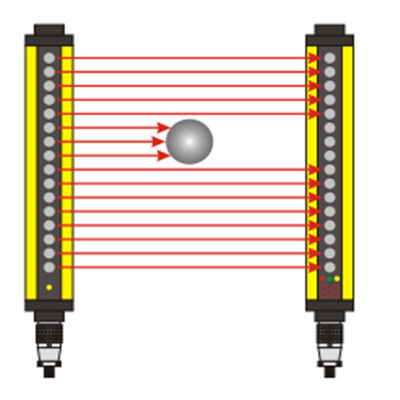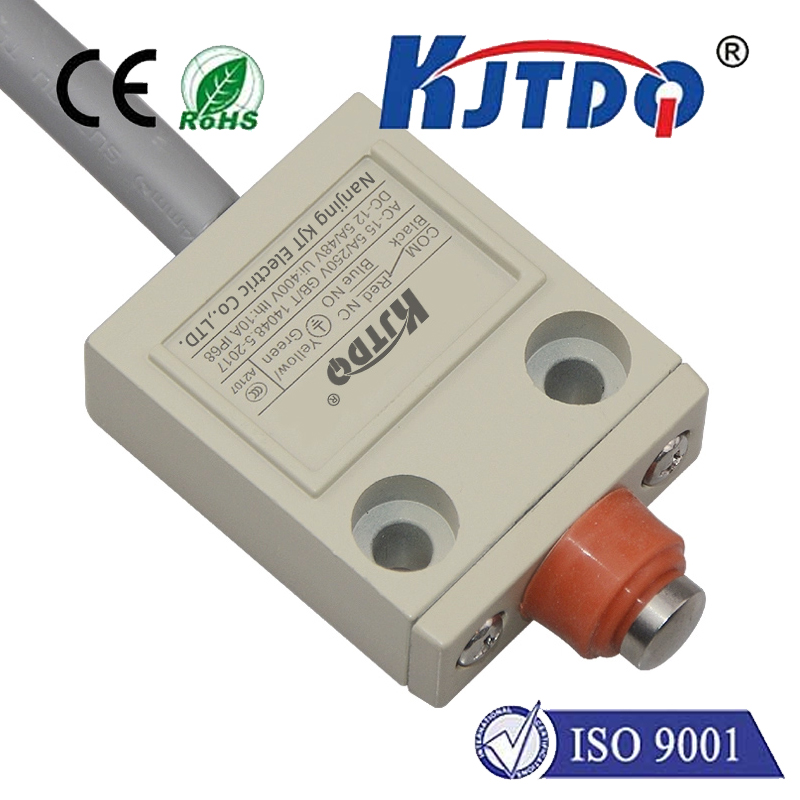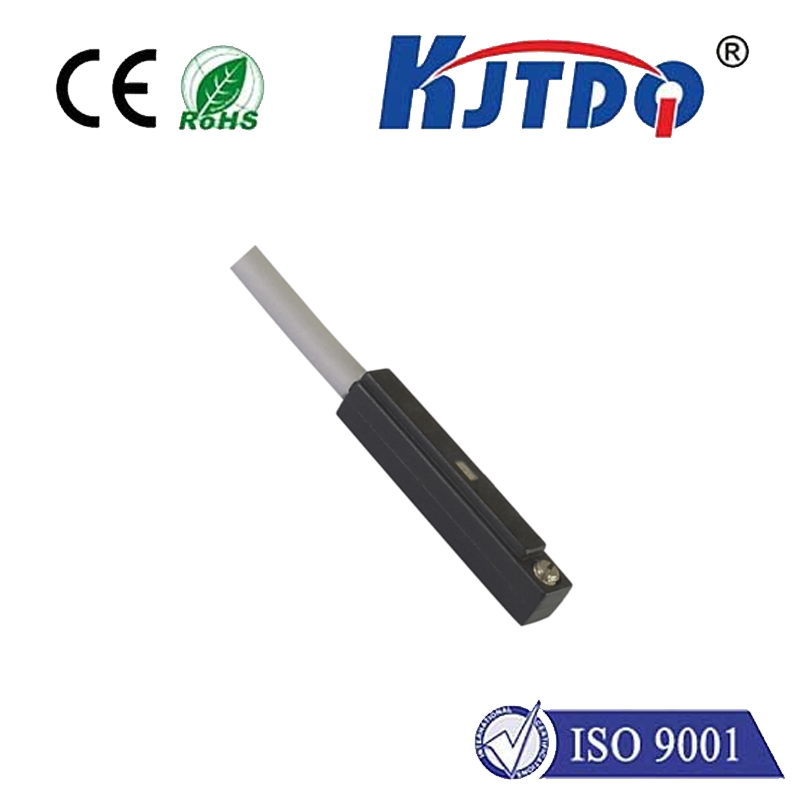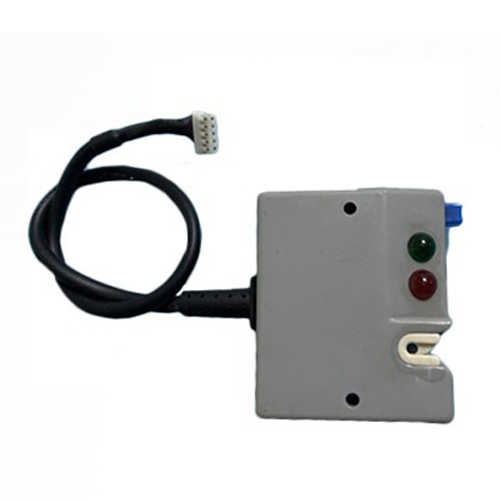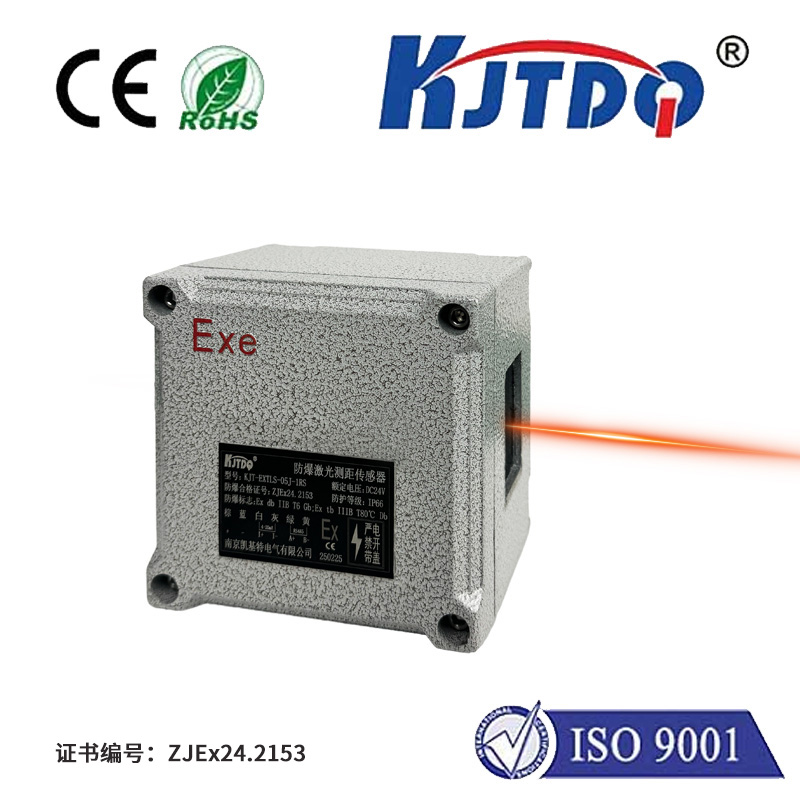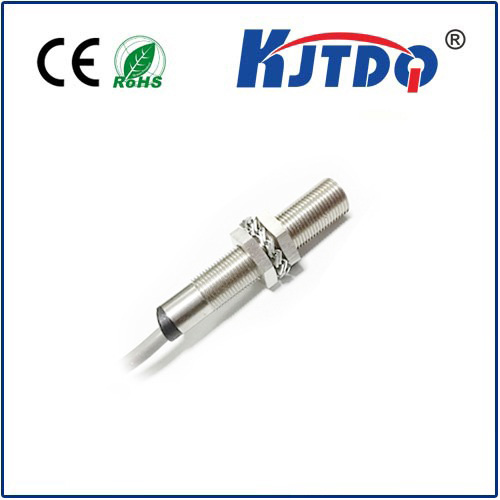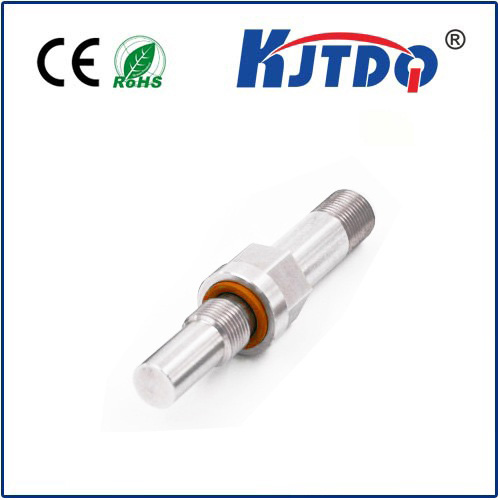proximity sensor speed measurement
- time:2025-07-16 08:24:32
- Click:0
The Pulse of Progress: How Proximity Sensors Revolutionize Speed Measurement
How do you precisely measure the relentless pulse of a high-speed conveyor feeding a packaging line? Or accurately gauge the fleeting passage of vehicles on a bustling freeway? The answer lies not in complex, intrusive machinery, but in the subtle, non-contact power of proximity sensors. Beyond their common duty of detecting presence, these versatile components are increasingly becoming the go-to solution for reliable and efficient speed measurement across countless industrial and technological applications. Understanding how proximity sensors measure speed unlocks a world of process optimization and insight.
The Core Principle: Distance Over Time
At its heart, speed is fundamentally distance traveled divided by time taken. Proximity sensors excel at pinpointing the moment an object passes a specific point. By strategically placing two or more sensors a known distance apart, we create a speed trap:
- Detection at Point A: Sensor 1 detects the leading edge of the target object and triggers a timing mechanism.
- Detection at Point B: Sensor 2, positioned a precise distance
D downstream, detects the same point on the object (crucial for accuracy).
- Time Calculation: The electronics measure the time interval
Δt between the two detection events.
- Speed Calculation: Speed
V is then calculated using the simple formula: V = D / Δt.
This time-of-flight principle, though elegantly simple, forms the robust foundation for speed calculation using proximity sensors. The accuracy hinges critically on the precision of the fixed distance D and the sensor’s ability to consistently detect the exact same feature on the moving object.
Choosing the Right Sensor for the Job
Not all proximity sensors are created equal, and selecting the right type is paramount for accurate speed measurement:
- Inductive Proximity Sensors: These champions dominate industrial settings, detecting metallic objects. Their ruggedness, resistance to environmental contaminants like dust and oil, and fast response times make them ideal for measuring speeds of gears, shafts, metal rollers, conveyor chains, and rotating machinery components. Their non-contact nature ensures zero wear on the target.
- Capacitive Proximity Sensors: When the target isn’t metal, capacitive sensors step in. They detect a broader range of materials – liquids, plastics, wood, grains, or granules – based on changes in capacitance. This makes them invaluable for measuring speeds on packaging lines (cardboard boxes, plastic bottles), food processing (bottles, containers), or handling bulk materials. Material properties and sensor calibration significantly impact accuracy.
- Photoelectric (Optical) Sensors: Utilizing light beams (visible, infrared, laser), these sensors offer the longest detection ranges and high precision. Through-beam types (separate emitter and receiver) are incredibly accurate for speed measurement, detecting any opaque object breaking the beam. Reflective types (single unit) are also used, though target reflectivity can introduce variables. Optical sensors excel in clean environments for measuring speeds of non-metallic objects, bottles, sheets, and across larger gaps.
Why Proximity Sensors Win for Speed Measurement: Key Advantages
Beyond the fundamental principle, several compelling advantages drive the adoption of proximity sensor speed measurement:
- Non-Contact Operation: The single most significant benefit. Eliminates friction, wear, and physical loading on the moving component, leading to lower maintenance and longer equipment lifespan.
- High Reliability and Durability: Solid-state designs (especially inductive and capacitive) are incredibly robust, handling vibrations, shock, harsh temperatures, and dirty or wet environments where mechanical encoders or contact tachometers would fail.
- Fast Response Times: Modern proximity sensors react in microseconds, enabling the measurement of very high speeds – tens of thousands of RPM or meters per second – that surpass the capabilities of many mechanical methods.
- Simple Installation and Integration: Mounting requires only securing the sensor(s) near the target path. Integration with PLCs (Programmable Logic Controllers) or data acquisition systems is typically straightforward via standard digital or analog output signals. Adding speed feedback to an existing control system is often seamless.
- Cost-Effectiveness: Compared to high-precision optical encoders or complex radar/laser systems, proximity sensors offer a highly accurate speed measurement solution at a relatively low cost, particularly for straightforward applications.
Applications Driving Industry and Innovation
The versatility of proximity sensors for speed measurement manifests across diverse sectors:
- Industrial Automation & Manufacturing: Monitoring conveyor speeds (belt, roller), spindle/RPM of motors and drives (using gear teeth detection with inductive sensors), web/paper feed speeds, bottling/canning lines, printing press cylinder speeds, and robotic arm axis velocity.
- Transportation & Traffic Management: Measuring vehicle speed (inductive loops embedded in roads are essentially large proximity sensors), train wheel speed monitoring, people counting/movement speed in public transport.
- Material Handling & Logistics: Verifying sorting speeds on parcel conveyors, monitoring baggage handling systems, ensuring consistent feed rates for bulk solids.
- Agricultural Machinery: Measuring ground speed for precision farming, monitoring seed/fertilizer discharge rates, calculating combine harvester rotor speeds.
- Consumer Devices: Found inside printers (paper feed speed), escalators (handrail speed synchronization), and various appliances for safety interlocks and performance monitoring.
Implementing Effectively: Considerations for Success
While powerful, maximizing the effectiveness of speed measurement with proximity sensors demands attention to detail:
- Sensor Selection: Match sensor type (inductive, capacitive, optical) to both the target material properties and the harshness of the operating environment. Consider required sensing distance.
- Precision Placement: The distance
D between sensors must be known and fixed with high accuracy. Misalignment can cause significant errors. Ensure sensors are rigidly mounted to avoid vibration-induced shifts.
- Target Consistency: The feature detected (e.g., edge of a bottle, tooth on a gear) must be consistent for every measurement cycle. Variations in the object being measured (size, shape, material) can affect inductive and capacitive sensor outputs.
- Sensor Synchronization & Timing Resolution: The timing circuit capturing
Δt must have high resolution and be perfectly synchronized with the sensor triggers. PLC scan times can sometimes be a limiting factor for very high speeds – dedicated high-speed counters are often needed.
- Electromagnetic Interference (EMI): Particularly relevant for inductive sensors in electrically noisy environments. Proper shielding and grounding are critical.
Beyond Basic Proximity: Hall-Effect and Speed Switches
While traditional proximity sensors form the backbone, it’s worth mentioning close relatives:
- Hall-Effect Sensors: Specifically designed to detect magnetic fields. They are the primary sensor type used in speed measurement via detecting the teeth of a ferrous gear passing a magnet, offering excellent precision and immunity to oil/grease, ideal for harsh environments like automotive transmissions.
- Speed (or RPM) Switches: Often built using proximity sensing principles, these devices provide a simple binary output (on/off) if the measured speed exceeds or falls below a preset threshold, acting as safety devices or basic process monitors.
Harnessing the Invisible Signal
From the demanding floors of heavy industry to the intricate mechanisms within everyday electronics, proximity sensor speed measurement provides a remarkably elegant and reliable solution. It transforms the simple act of detection into a powerful tool for quantifying motion, driving efficiency, enhancing safety, and unlocking deeper insights into the dynamics of moving systems. By understanding the principles of the time-of-flight method, carefully selecting the right sensor technology, and addressing practical implementation factors, engineers can leverage this robust, non-contact technology to capture the essential pulse of speed with confidence and precision.











